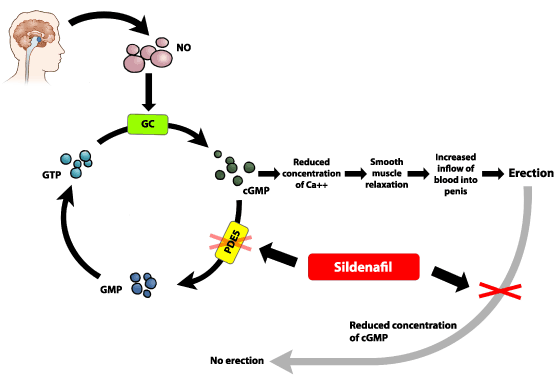BrushBunny91
Forum Lieutenant
- 122
- 0
- 0
So the PDE inhibitors is what we must avoid and not always erectile drugs? I'm having a little bit of trouble following your explanation. I am intrigued.
Follow along with the video below to see how to install our site as a web app on your home screen.
Note: This feature may not be available in some browsers.
So the PDE inhibitors is what we must avoid and not always erectile drugs? I'm having a little bit of trouble following your explanation. I am intrigued.

BrushBunny9 said:1So the PDE inhibitors is what we must avoid and not always erectile drugs? I'm having a little bit of trouble following your explanation. I am intrigued.
Another thing to consider about Nitro is that it doesn't stay good for very long when prescribed as a home med. You'll find that when assessing a patient that's prescribed it they may have taken much more than 3 tablets with no relief. The next thing you want to find out is how old their nitro is and where they store it. If its old or stored improperly those 6 tablets may not have even worked.
Asthma is also a contraindication for beta blockers.
Really good post.
We used to use a new nitrospray with every patient, because of the risk of deterioration over time. However a few people got in trouble with the pharmacists union for giving the patient the nitrospray to keep. It seemed counterintuitive to throw away a full bottle after 3 sprays. But apparently this is dispensing, and illegal unless you're a pharmacist
This doesn't have anything to do with SNS vs PNS. Even if the patient was maxed out on atropine, PDE 5 would still be active since you need someway to remove the signal, or else the signal would always be present.Think Sympathetic(SNS)/Parasympathetic(PNS) nervous systems. The SNS is the "gas pedal" and the PNS is the "brake pedal".
cGMP is also a part of the gas pedal. It's like a pulley system that magnifies the signal (which is one of the major functions of secondary messengers), and is one component in the chain leading to vasodilation. Remove cGMP, no dilation.Nitro is the "gas pedal" for vasodilation. cGMP is the "brake pedal". By blocking cGMP there is nothing to control vasodilation so when you administer a drug that promotes vasodilation there is nothing to antagonize (or counteract) it. It allows for the vasodilating agent to have its way with the vasculature and puts the patient at risk for extreme hypotension which is the same reason we don't give patients who recently have take ED drugs nitro.
ED drugs are a contraindication to NTG if the ED drug was taken with a certain time.
So the PDE inhibitors is what we must avoid and not always erectile drugs? I'm having a little bit of trouble following your explanation. I am intrigued.
May i know what you guys have?? And thanks
5 responsibilities of an EMT.. (not d star of life ok) thanks
This doesn't have anything to do with SNS vs PNS. Even if the patient was maxed out on atropine, PDE 5 would still be active since you need someway to remove the signal, or else the signal would always be present.
We used to use a new nitrospray with every patient, because of the risk of deterioration over time.
...or start a new thread please.
Thank you.
This was not a frivolous question.
